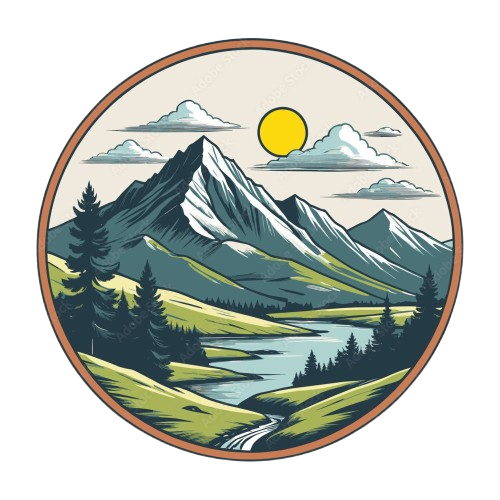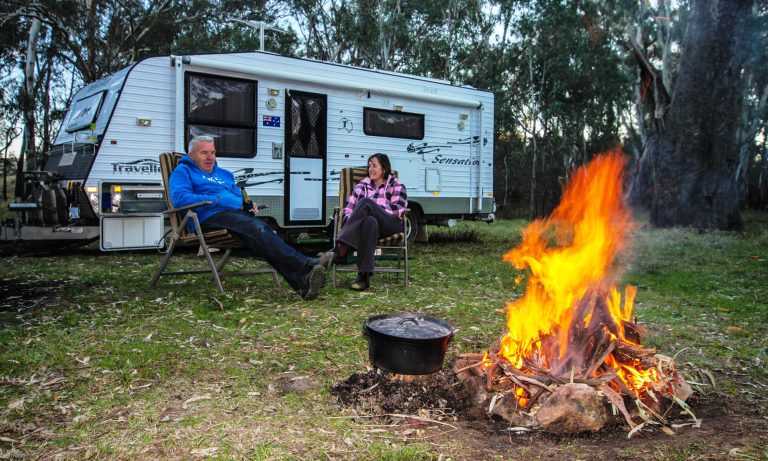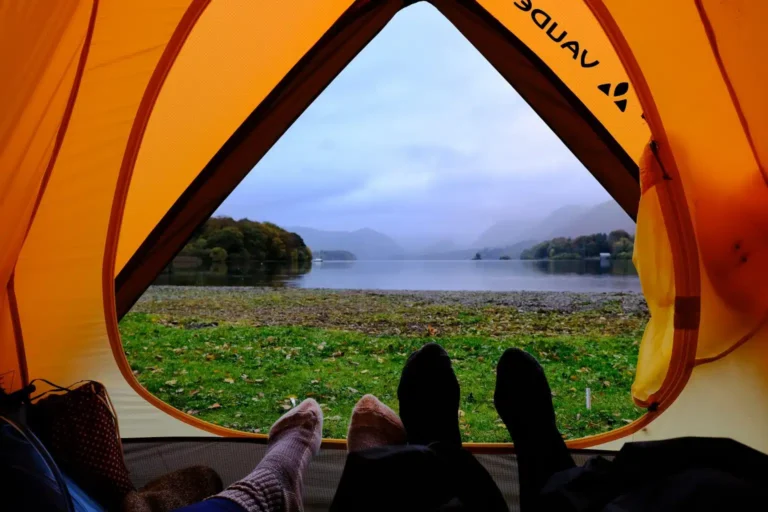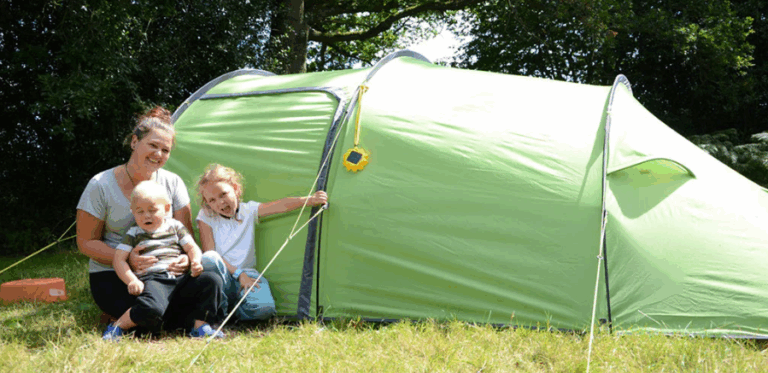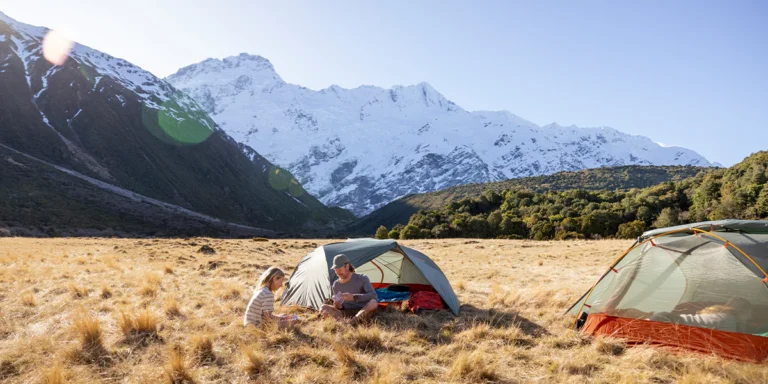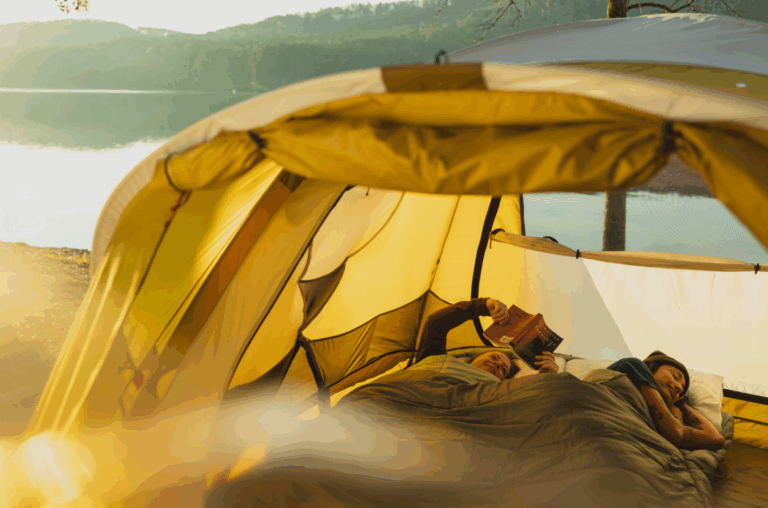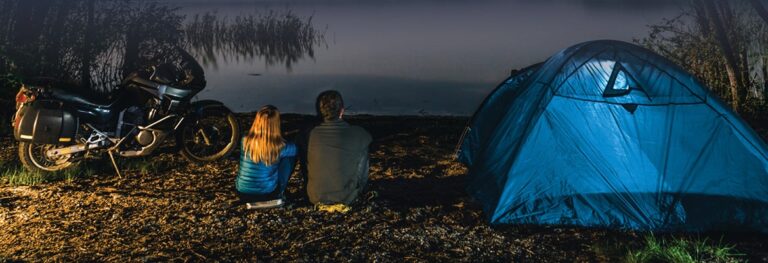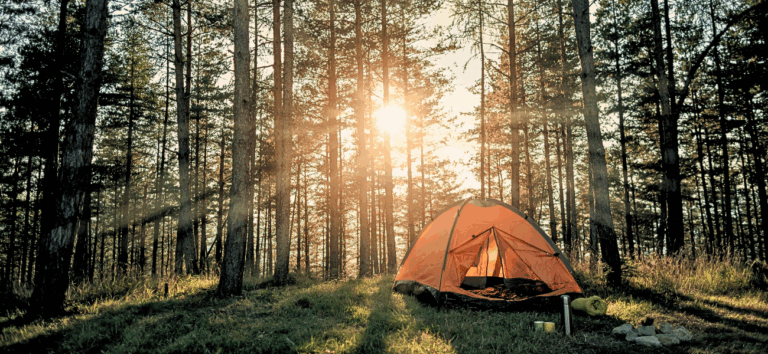An Introduction to Free Camping
Do you want to go on an adventure beneath the stars without breaking the bank? Free camping, sometimes referred to as boondocking, wild camping, or dispersed camping, is the best way to experience nature, find peace, and save money on your trip. This guide explains all you need to know about safe and responsible free camping, regardless of your level of experience or desire to avoid the crowded campgrounds and associated costs.
🌲 What Is Free Camping?
Free camping is camping in areas where no fees are charged and minimal or no amenities are provided. These areas are usually found on public lands, such as:
- National Forests
- Bureau of Land Management (BLM) lands (mostly in the U.S.)
- State forests and wildlife management areas
- Certain rural or remote parks and reserves (varies by country)
Free camping offers a wilder, more self-sufficient experience—no water hookups, no bathrooms, and no marked sites. Just you, your gear, and the open land.
🏕 Why Try Free Camping?
1. Save Money
Skip the campground fees and stay longer for less.
2. More Privacy
Forget the rows of RVs and noisy neighbors. Free camping gives you wide-open spaces and quiet.
3. Explore New Areas
Many free campsites are near hiking trails, lakes, and scenic routes far from tourist traps.
4. Boost Your Skills
Learn self-reliance, outdoor ethics, and minimalist travel.
📍 Where to Find Free Campsites
Here are reliable ways to locate free camping spots:
🔹 Apps & Websites
- iOverlander – Great for international travelers.
- FreeCampsites.net – Community-reviewed spots across North America.
- Campendium – Includes RV-friendly free spots.
- The Dyrt (PRO version) – Filters for free sites and offline access.
🔹 Government Resources
- National Forest/BLM websites – Look for rules and maps.
- Visitor Centers or Ranger Stations – Ask locals for advice and current conditions.
🔹 Local Tips
- Ask fellow campers or locals at gas stations.
- Check gravel turnouts, old logging roads, or scenic byways.
🧭 How to Choose a Free Campsite
Here’s what to consider when picking your spot:
- Flat ground for tents or vehicles
- Away from main roads, but not off-trail
- At least 200 feet from water sources (to protect the environment)
- Not posted as “No Camping” or on private land
- Good cell reception, if needed for safety or navigation
🛠 What to Bring
Since amenities are rare, you’ll need to be self-sufficient:
🎒 Essentials
- Tent, tarp, or camper setup
- Sleeping bag and pad
- Stove or portable grill
- Food and plenty of water
- Lighting (headlamp, lantern)
🧼 Hygiene & Waste
- Trowel (for digging cat holes)
- Biodegradable soap
- Trash bags (pack out ALL garbage)
- Toilet paper or wipes
🛡 Safety & Navigation
- First-aid kit
- Maps (downloaded or paper)
- Extra batteries or power banks
- Bug spray and sunscreen
🧑⚖️ Leave No Trace (And Other Etiquette Tips)
Free camping only stays free and available if campers respect the land. Follow these guidelines:
- Leave No Trace – Pack out everything, including toilet paper and food scraps.
- Camp at least 200 feet from water.
- Don’t cut trees or damage vegetation.
- Keep noise low.
- Use existing fire rings (if fires are allowed).
- Follow local fire restrictions.
- Limit your stay – Most free camping areas have a limit (usually 14 days).
🔥 Can You Have Campfires While Free Camping?
Sometimes, yes—but it depends on the area’s rules and fire danger level. Always:
- Check local fire bans before lighting any fire.
- Keep fires small and manageable.
- Never leave a fire unattended.
- Fully extinguish with water, not dirt.
🚐 What About Free RV or Car Camping?
Free camping isn’t just for tent campers. Vanlifers and RVers can often camp for free too!
Best Free RV Options:
- BLM or National Forest roads (watch for size limits)
- Truck stops or rest areas (short overnight stays)
- Walmart/Cracker Barrel lots (ask management first)
- Cabela’s or Bass Pro Shops
Important RV Notes:
- Avoid muddy or soft ground.
- Be sure you’re level before setting up.
- Be mindful of battery/power usage without hookups.
🛑 What to Avoid
- Trespassing on private land (use GPS tools carefully).
- Overstaying time limits (you could be fined or asked to leave).
- Camping in sensitive ecosystems like meadows, dunes, or alpine zones.
- Damaging or clearing land for a better view or site.
✅ Quick Checklist for Free Camping Success
- Researched and confirmed legal spot
- Downloaded offline maps and app info
- Packed enough water and food
- Practicing Leave No Trace
- Aware of weather and fire conditions
- Have backup site if first choice is full
- Let someone know where you’re going
🌄 Final Thoughts: Free Camping is Freedom
Free camping is one of the most liberating and enriching ways to travel. It’s budget-friendly, peaceful, and deeply connected to the natural world. With a little research and preparation, even first-time campers can enjoy the beauty of sleeping under the stars—without spending a dime.
So pack your gear, pick your spot, and embrace the freedom of the open road. Nature is waiting—and it’s free.
